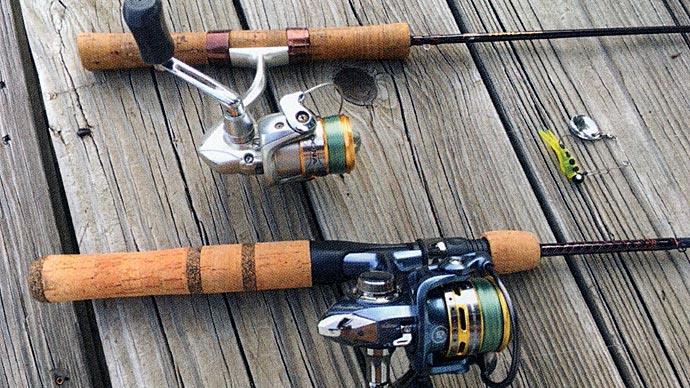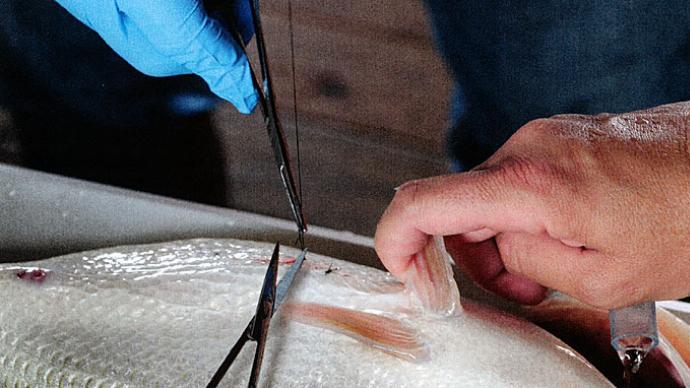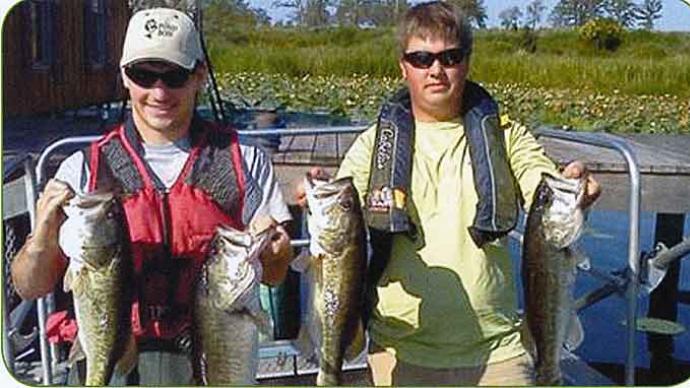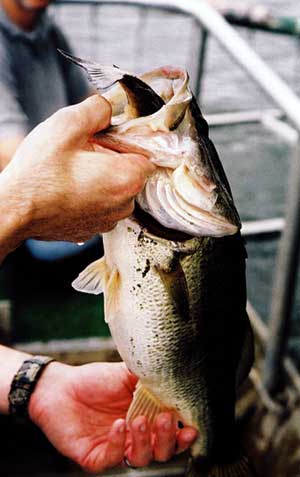
Don't know if you've thought about this yet, or not, but there are no teenagers today that were born in the 1990s. That was a palm to forehead moment for me a few months ago, just like stuff I see in pond management from time to time. Seems there are more of those moments as I get older.
Not long ago, maybe ten to fifteen years ago, I preached, "90% of your fish live in 10% of your pond." Still believe that. Then, Aaron Matos, from Phoenix, designed a small backyard fishing pond that eliminated that non-functional, or part-time productive, 90 percent so his fish could produce and live in the entire .10-acre backyard pond. His pond was all habitat, with a well-designed filtration system where he could flow water downward through a well-thought-out and designed rocky pond bottom basin. Water filtered through those bottom rocks via a pump that sucked water off the pond bottom, through the rocks. Rocks became a fertile substrate that helped cleanse the water and make food for tiny fish. Think periphyton. The pump pulled water upward and flowed it through a man-made wetland of beautiful plants along the dam, sculpted from the dirt spoils excavated from the pond. It looked like a rocky mountain stream that flowed over more rocks and cascaded back into the pond, fresher and cleaner. It produced fish beyond most one-acre ponds, not only in volume, but sizes as well.
Years ago, Bill Dance asked if I designed any kind of fish structure in the middle, deeper part of a lake. I answered in the negative. My habitat design was focused peripherally. He pointed out that fish in bigger reservoirs move to deeper water in summer. They do the same thing in your waters. He likes fan-casting around deep-water structure to find summer-pattern bass, especially around humps with attractive fish structure.
That made me re-think how I approach designing habitat in deep water.
When preaching about fish living in 10% of a given lake, I knew that particular 10% shifted from season to season, primarily driven by water temperature. My conclusions were driven by years spent at the helm of an electrofishing boat and comparing our catches to angler catches. You can definitely see where that 10% shifts as the seasons do. But we don't do electrofishing surveys in the hottest or coldest months of the year, so I'd not really properly thought about that part of the equation.
I've also preached that fisheries management is 10% science and 90% art. But, over time, with better equipment and newer, cutting edge technology, science has become more significant in managing our waters. Aeration allows us to more easily keep our water cleaner. We can manage genetics of our target fish. We can prop up the food chain with additional fish stocking. We have better fish feeds than ever. We can track individual fish growth by tagging and tracking. We look at body condition and selective harvest through clearer eyes. Nowadays, I think we use about 20% science and 80% art. Essentially, we can use our best judgement to create the best habitat under water, taking the different seasons and water temperatures into account, and ramp up our science-based management to fine tune the fine art of managing our fisheries.
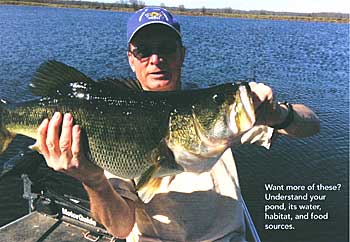
Here's exactly what I mean by that. A typical set of goals for John Q. Pondmeister is to have a pond where kids can catch their first fish, seasoned anglers can catch some bigger, quality fish, with a legitimate chance at a trophy, and everyone can spend time on and around the water, enjoying themselves. Those fish might be bluegills and Largemouth bass in the south, with smallmouth bass and pumpkinseeds in the north, with maybe some walleye for good measure.
For those fish to thrive, we need to understand several basic concepts and provide them the best opportunity for success. Starting with healthy water as an ongoing given, we focus on habitat and provide what each species needs for their different life-stages. Baby fish need dense structure and tiny food. Bigger fish need places to hide and bigger food. Adult fish need places to spawn, hunting grounds, congregation zones, travel paths, and structure for safety—and even bigger food.
There's science behind the art of habitat design, structure placement, and where to add the different elements to create that underwater community. The art part comes in because we often have to guess which of our design features will actually be used by fish. Time tells that tale. Habitat is designed to be mostly permanent and fixed, except for aquatic plants. Today's aging reservoirs have seen habitat degrade because all of it was standing timber or channels now filled with silt.
Here's another added bullet point for our checklist. We don't know what obstacles nature will throw at us from floods and droughts to overzealous predators like otters and cormorants.
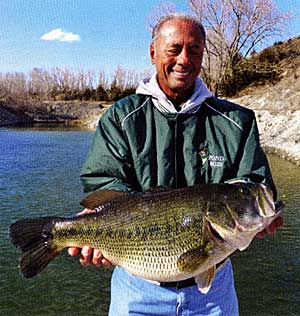
More of the science-based art applies when we add the living elements of aquatic plants and fish. Those are the pieces that need to be managed. We want just the right amount of healthy, native, non-invasive plant life (that's a brain-full to think about right there) to support the maximum productivity and blend with the other habitat for the best carrying capacity. That last sentence deserves another read—maximum productivity, best carrying capacity, and non-invasive.
When thinking through that concept, go back and ponder the 90-10 rule. 90% of the fish tend to live in 10% of the pond. If you have too much habitat, especially where fish like to hang out, then the fish are dispersed and harder to catch. There's no known need for more habitat than necessary. The best general rule to understand? We want about 25-30% of our pond or lake bottom to have some type of fish habitat, ranging from aquatic plants to rock piles to spawning beds to—whatever you choose to benefit your fishery.
When we achieve that habitat goal, attention turns to producing fish in order to attain great catch rates of quality fish.
That's where more science enters the equation. You've heard for years that it takes ten pounds of baitfish for a game fish to gain a pound. It also takes quite a bit of food to maintain that pound. That volume necessary to grow and maintain is related to the habitat and how much work it takes to eat a meal. The more energy spent hunting and chasing, the more food it takes to maintain. It could take as much as 30 pounds of forage fish to grow and maintain a pound of game fish, depending on habitat and water quality.
When you think about it, your science-based management strategy, with a well-designed pond that has healthy water, directly influences these equations.
Keep that in mind as you use your science in the art of managing your fishery. If you want to fine tune your fishery, that means regular sampling to understand the ongoing relative weights of your target species. That's the least you can do. Tracking lengths and weights offish allows you to judge their growth patterns. Simply, if they are fat, they are growing. If weights are waning for certain size classes, prepare to adjust, either by removing some fish or by bumping up your food chain.
If your fish aren't growing at the rates, or sizes, you expect, zero in on two specific things: habitat and food chain. It's hard to money-whip a pond by continually stocking hundreds or thousands of dollars of bait fish if the habitat isn't there to assist in overall productivity. Let your lake help itself. Then, if you want to spend a chunk of change buying fish to feed those special fish of yours, by all means, go do it.
For those who wish to go to even higher levels, tagging key fish helps you judge individual growth rates, plus helps you figure out approximately how many adult fish you have by extrapolation of numbers. Tag a fish that weighs so much now, and then catch it again next year. If it's lost weight, it will have a different destiny than if it gained 50% more in a year.
As you study your fishery, there are always clues. Your mission is to learn how to find those clues. Then you have solid data to make decisions.
Even a teenager can do it.
Reprinted with permission from Pond Boss Magazine

